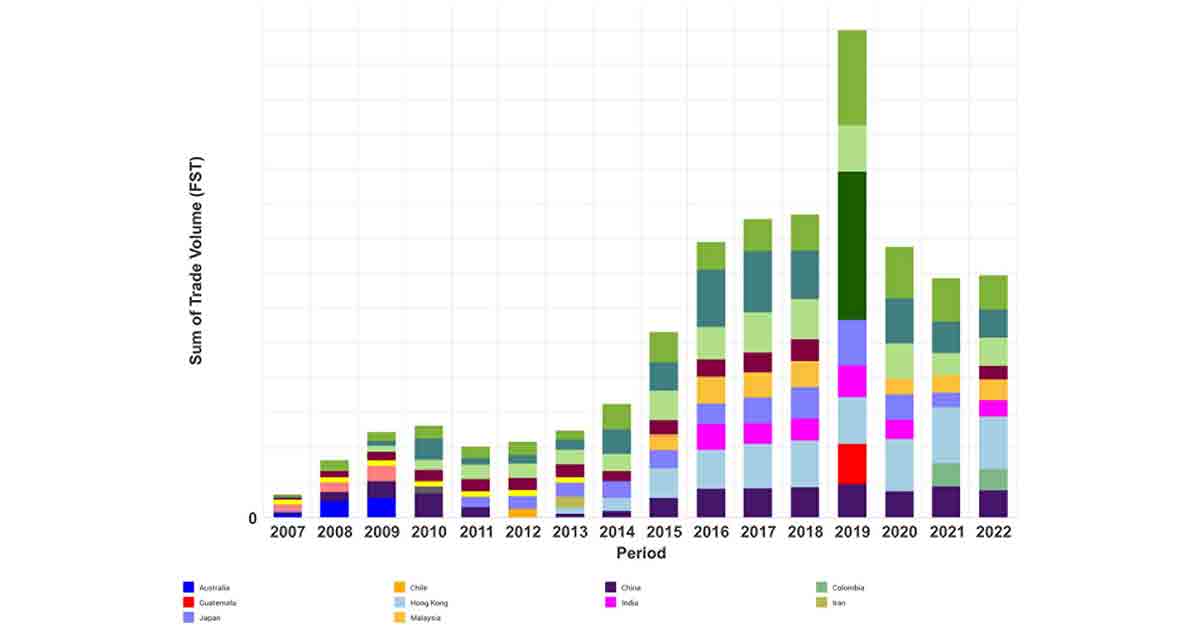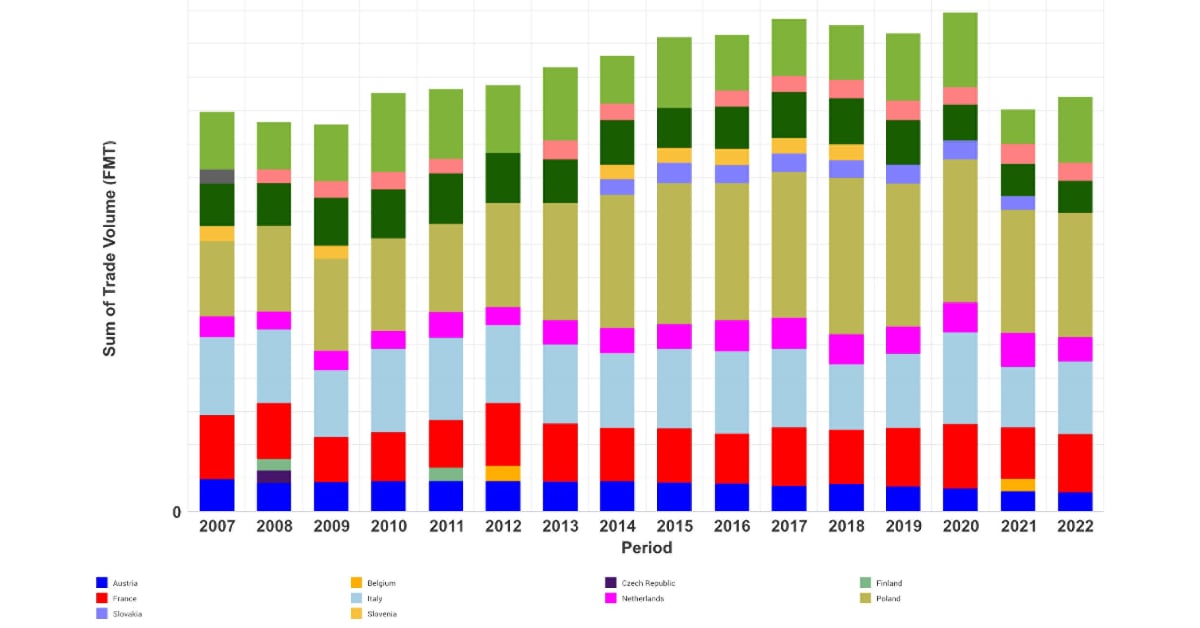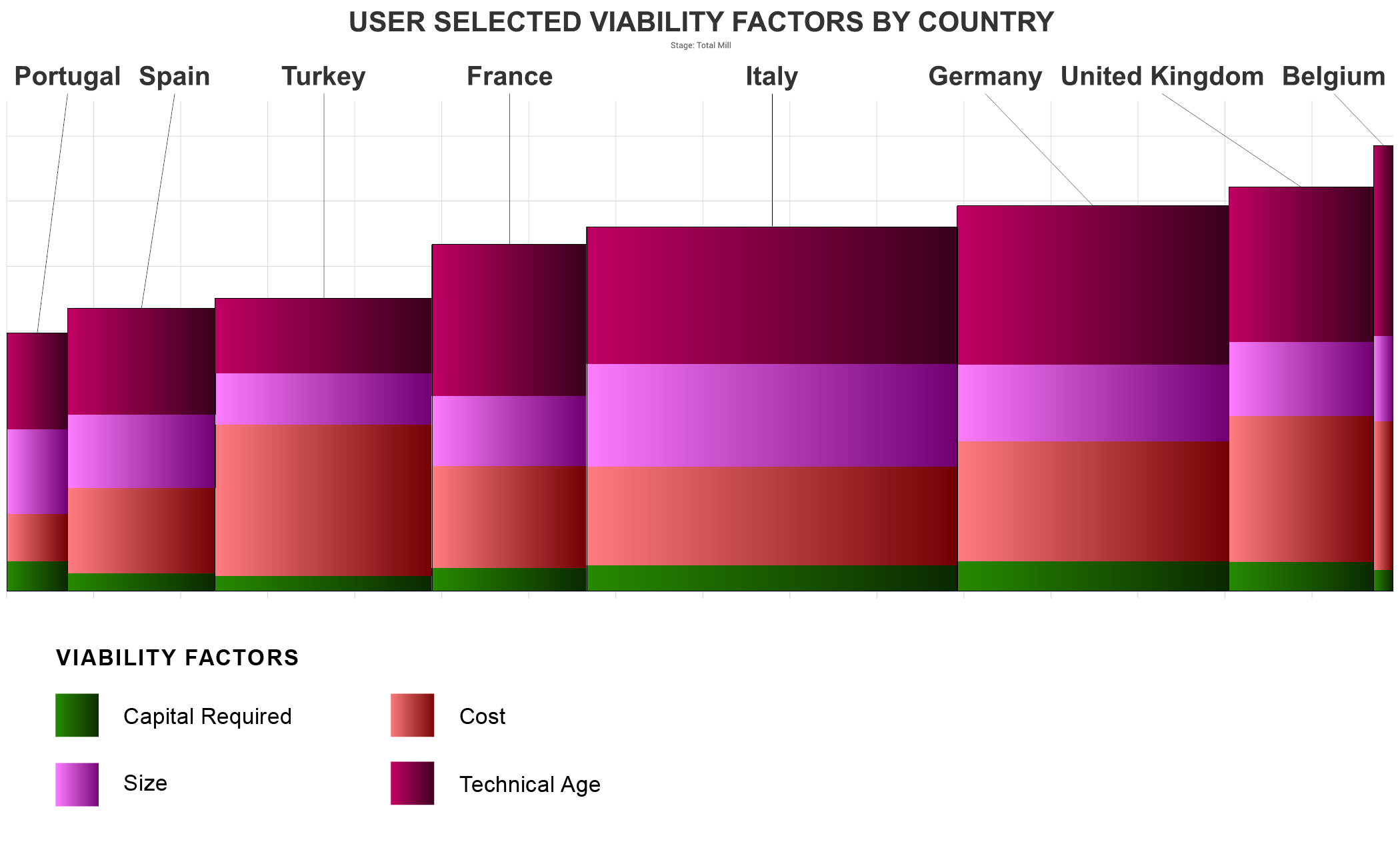Thailand’s history as a unified country dates back to the 13th century. Although pressured by colonial powers, the Thai Monarchy maintained the independence of the core Thai lands until Japan invaded in 1941. Many of the current tissue mills still running date back to this post-war period.
In the 1970s, Thailand’s government launched a population control initiative resulting in a significant change in population growth, and an aging population that we see today. Figure 1 shows the population trend as a line over this study interval, and as we can see, the population growth is estimated to be at 0.23% for 2022.
Figure 1: Thailand GDP/Person and Population
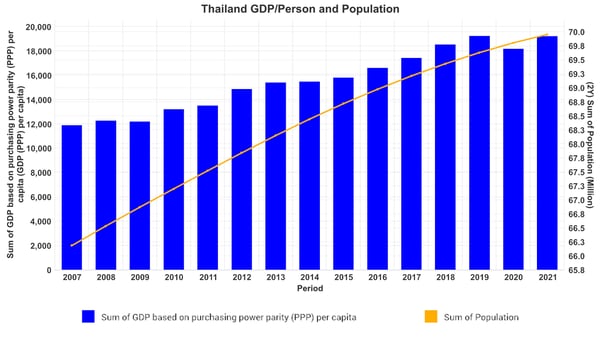 Source: FisherSolve
Source: FisherSolve
Thailand has a well-developed infrastructure and is highly dependent on international trade. However, its workers need retraining in order to keep up with the developing productivity of its trade partners. Real GDP growth slowed from 4.26% in 2017 to 2.62% in 2019 just before it entered the pandemic. The bar chart in Figure 1 shows the GDP as a per capita measure based on purchasing power parity. There was a pullback in 2020 due to the pandemic and a slow recovery in 2021, factors that do not support a domestic tissue industry’s strong growth from more consumers or purchasing power.
Thailand has relatively low unemployment at 0.99% in 2019. Figure 2 shows the unemployment trend as a series of bars. While it did spike up in 2020 due to the pandemic, it was still considered at a relatively low level when compared to most other economies. In 2019, Thailand’s inflation rate was 0.7%, which again, is very low compared to most other countries. The inflation trend is shown in Figure 2 as a line. These statistics however tend to put Thailand in a relatively good position for consumer spending.
Figure 2: Thailand Inflation and Unemployment
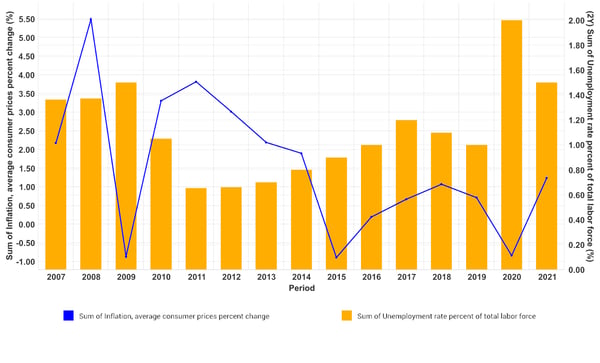 Source: FisherSolve
Source: FisherSolve
These economic and demographic factors have supported a relatively slow growth in domestic tissue consumption. This is reflected in the cautious growth of Thailand’s tissue machine fleet. The changing trend in the number of tissue machines is shown in Figure 3. Seven new machines were installed between 2013 and 2021, while only one was removed in 2017. Several tissue manufacturers are active with two or more mill sites in Thailand. Notable is the international company Kimberly-Clark, headquartered in the United States.
Figure 3: Thailand Machine Count Changes
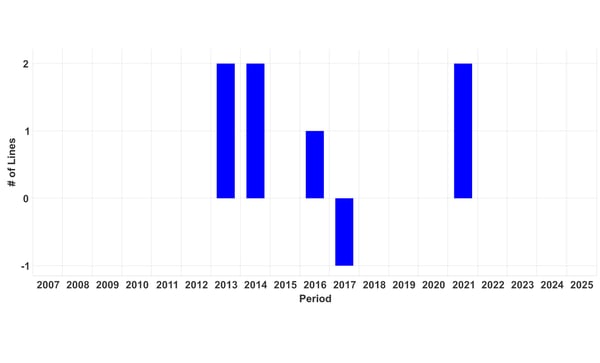 Source: FisherSolve
Source: FisherSolve
Thailand is very involved in international trade and runs a small positive trade surplus. However, the country tends to import more tissue than it exports. Figure 4 shows the tissue exports with a significant drop starting in 2018. Current tissue customers include Australia, Malaysia, Myanmar, and the United States.
Figure 4: Thailand Tissue Exports Trend
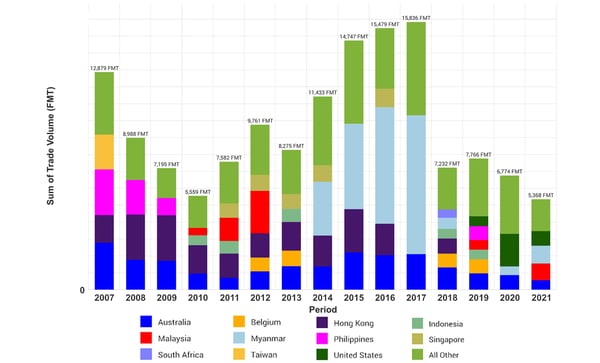 Source: FisherSolve
Source: FisherSolve
Thailand’s tissue export trend shown in Figure 5 shows an interesting anomaly. The trend of imports shows a linear growth pattern that indicates that tissue machine additions have not kept up with domestic consumer tissue demand. However, the spike in imports from Indonesia seen in 2020 suggests a disruption in domestic mill production due to pandemic closures. In addition to Indonesia, China is becoming a significant tissue supplier to Thailand as well.
Figure 5: Thailand Tissue Import Trends
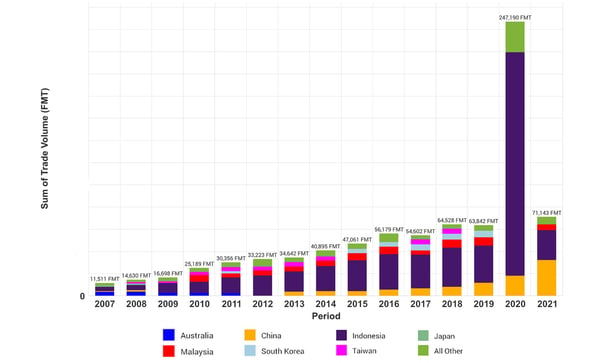 Source: FisherSolve
Source: FisherSolve
It will be interesting to see the tissue import trend in 2022 and 2023 to see if Indonesia will continue to play an expanded role and if domestic Thai tissue producers will add plans for expanding capacity. However, there are no plans for new machines in 2022-2025, as shown in Figure 3.
Another noteworthy observation is that none of Thailand’s tissue machines appear to be using bamboo pulp. This is interesting as niche tissue products marketed in North America as “Tree-Free” claim to use Thai bamboo market pulp. However, it must not have a massive appeal in the domestic market.
Figure 6: Thailand Tissue Site Type
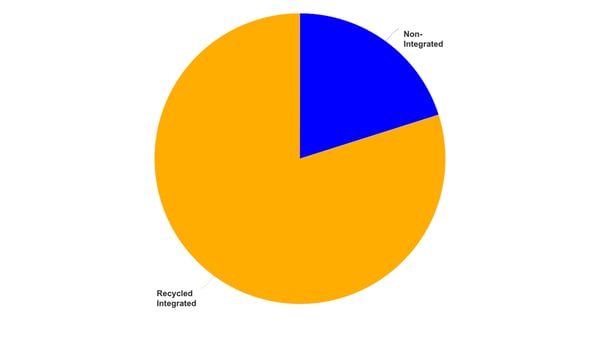 Source: FisherSolve
Source: FisherSolve
Most tissue mills are partially integrated with recycled fiber, as shown in Figure 6, and there appear to be no integrated virgin fiber tissue mills. The Thai tissue fiber sources are shown in Figure 7. Recycled fiber makes up about 66% of the total. This is less than the 80% shown in Figure 6 for the total capacity of the integrated recycled mills. The difference is explained by the fact that many of the tissue mills are only partially integrated and purchase market pulp.
Figure 7: Thailand Tissue Mill Fiber Sources
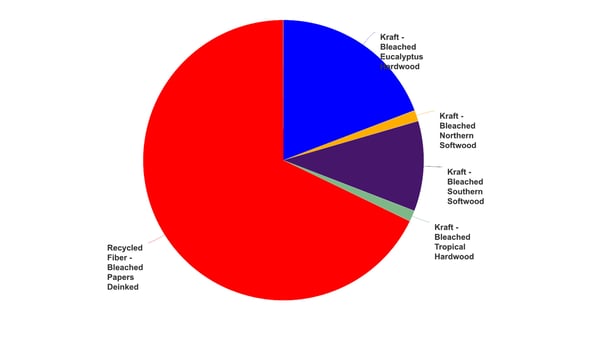 Source: FisherSolve
Source: FisherSolve
Bleached eucalyptus kraft pulp is the most common pulp source followed by bleached southern softwood kraft. Smaller amounts of bleached tropical kraft and bleached northern softwood kraft are also used.
Thai tissue products are focused on the consumer market with a small portion of specialty tissue grades as tissue wrap stock and commercial towels. More than half of the end-use consumer tissue is bath followed by towels and facial tissue. In fact, the amount of consumer towels produced is higher than most comparable economies.
Figure 8: Thailand Tissue Product Formats
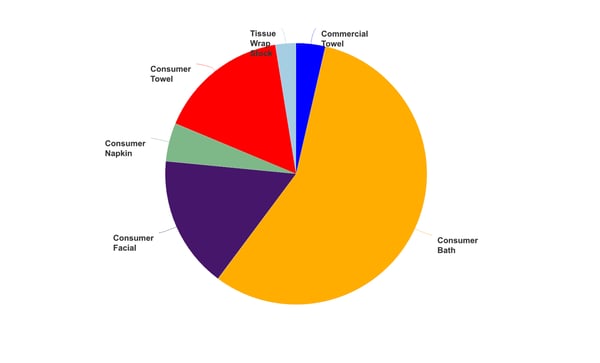 Source: FisherSolve
Source: FisherSolve
A comparison set of Indonesia, Malaysia, Taiwan, South Korea, Philippines, and Australia was selected to benchmark Thailand’s tissue machine fleet. The relative average quality of the machines is shown in Figure 9. The size of each bubble represents the relative size of each country’s tissue production. The X-axis is the average technical age of the country’s tissue machines and the Y-axis is the average machine width.
Figure 9: Thailand Tissue Machine Quality
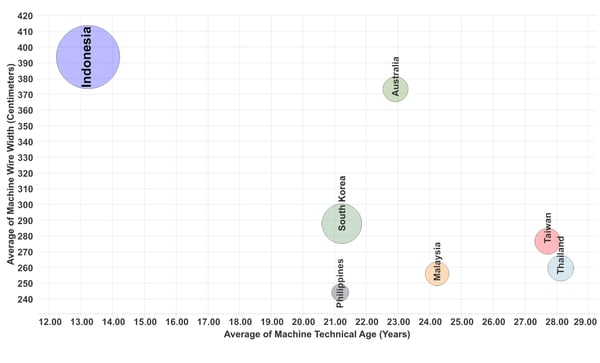 Source: FisherSolve
Source: FisherSolve
Indonesia is a major player due to its large tissue production compared to all the others. Indonesia also has the newest and widest tissue fleet for the best cost and quality potential. Thailand is the oldest tissue fleet, and only the Philippine’s average tissue machine is narrower.
The Tissue Machine Quality analysis is only partially reflected in the average tissue production cash costs benchmark shown in Figure 10. Thailand is in the middle of the comparison set of countries. Indonesia’s large capacity and newest machines make for a strong competitor.
Figure 10: Thailand Cost Benchmark
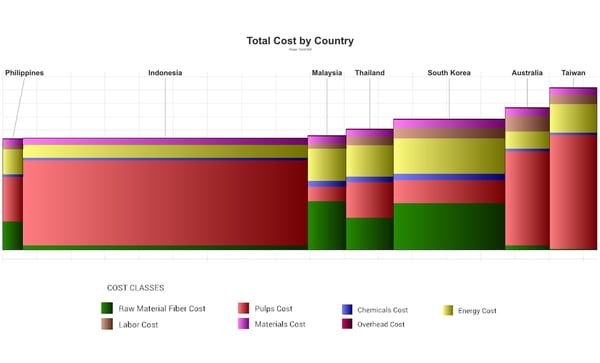 Source: FisherSolve
Source: FisherSolve
The average viability of the same set of countries’ tissue production is shown in Figure 11. Despite the age of Thailand’s tissue machines, this benchmark shows Thailand in second place in regard to mill viability. However, it’s important to note that the gap between Indonesia and Thailand is remarkable.
Figure 11: Thailand Tissue Mill Viability
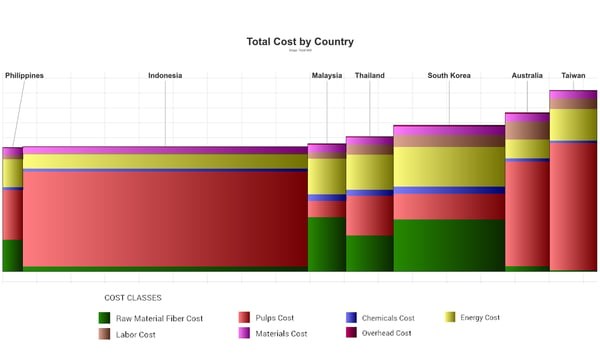
Source: FisherSolve
The carbon footprint of the comparison set is shown in Figure 12. Again, Thailand’s footprint is relatively high due to the fossil fuels burned for power onsite. And once again, Indonesia is a stronger player in this analysis.
Figure 12: Thailand Benchmark Carbon
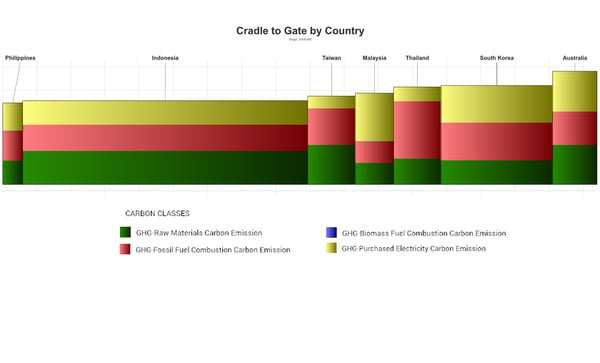
Source: FisherSolve
Indonesia has a relatively good environment for continued tissue demand as the migrant labor force supplements the slow population growth and the consumer income growth will support further tissue demand. However, Thailand’s tissue fleet on the other hand is old and narrow, despite the new additions since 2012, and has fallen behind the demand growth. An upset like the pandemic in 2020 allowed Indonesian imports to replace Thai domestic tissue production quickly. With Indonesia as a tissue powerhouse due to its new equipment and fiber sources, Thailand’s tissue mills will need to find ways to reinvest if they intend to compete and hold market share with this eager competitor nearby.
Analysis of competitive position requires specifics on tissue producers and individual machines. This article presents a static summary of Thailand’s tissue industries today. Fiber prices, exchange rates, and environmental regulations will change, providing some participants with advantages and new challenges. In addition, Thailand’s tissue mills will continue to change hands and consolidate, and neighboring countries may invest in tissue-making capacity, affecting Thailand’s imports and exports.







